Story of the Krag: The Springfield Model 1892 Infantry Rifle
January 10th, 2023
5 minute read
The charge by the storied cavalrymen of the Rough Riders up the San Juan Heights in Cuba during the Spanish-American War was actually undertaken on foot. The San Juan Heights consisted of a pair of modest, though heavily-defended hills titled San Juan Hill and Kettle Hill. The American attackers outnumbered the Spanish defenders some 16 to one. However, the Spanish were dug in deep behind well-sited positions. They also wielded state-of-the-art Mauser bolt-action repeating rifles.
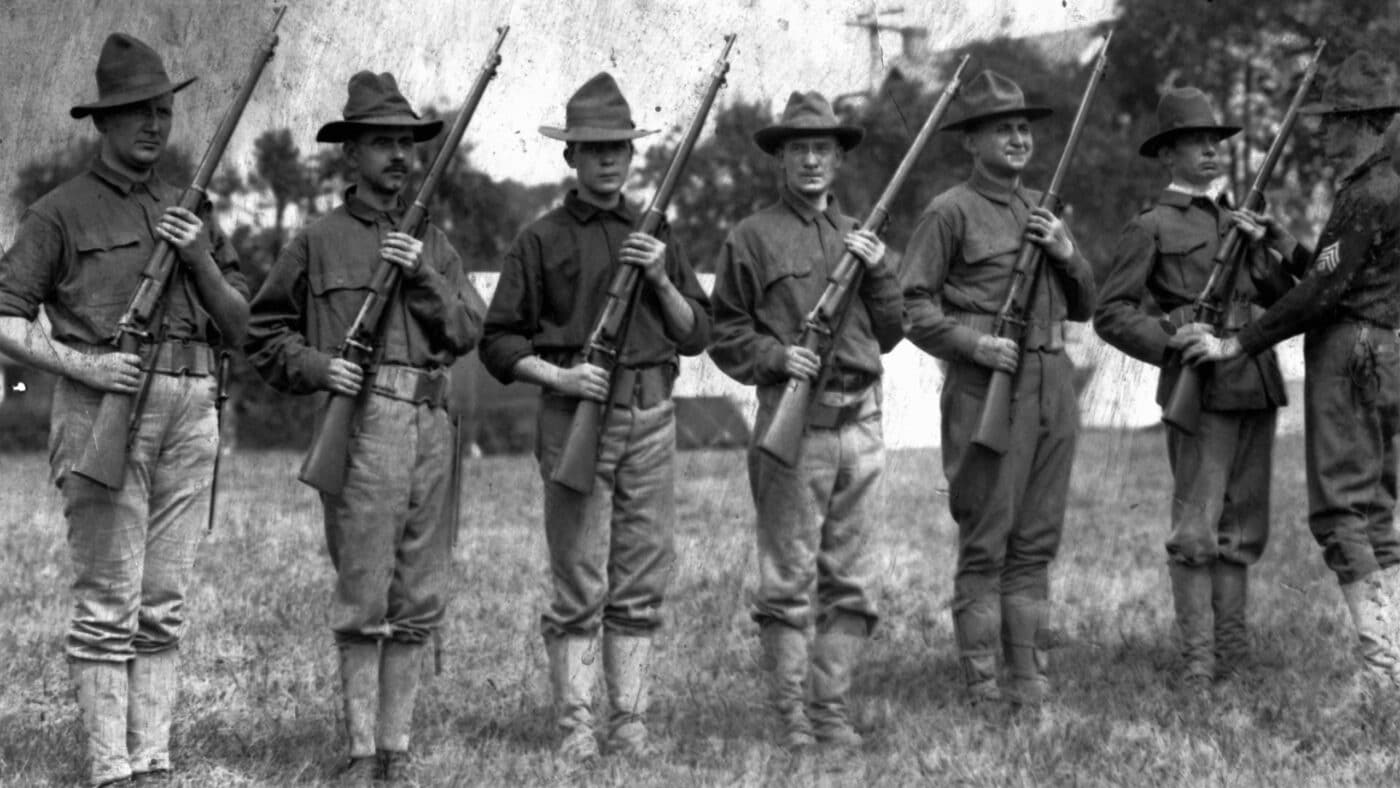
The American troops opposing the Spanish were armed with a wide variety of disparate weapons. Power projection outside our borders was a fresh, new and unfamiliar thing for Americans, and we were not terribly adept at it. The Spanish earthworks were out of range of the blackpowder artillery we had available. However, a battery of four 10-barreled .30-caliber Gatling guns under the command of a Lt. John Parker dominated the fight.
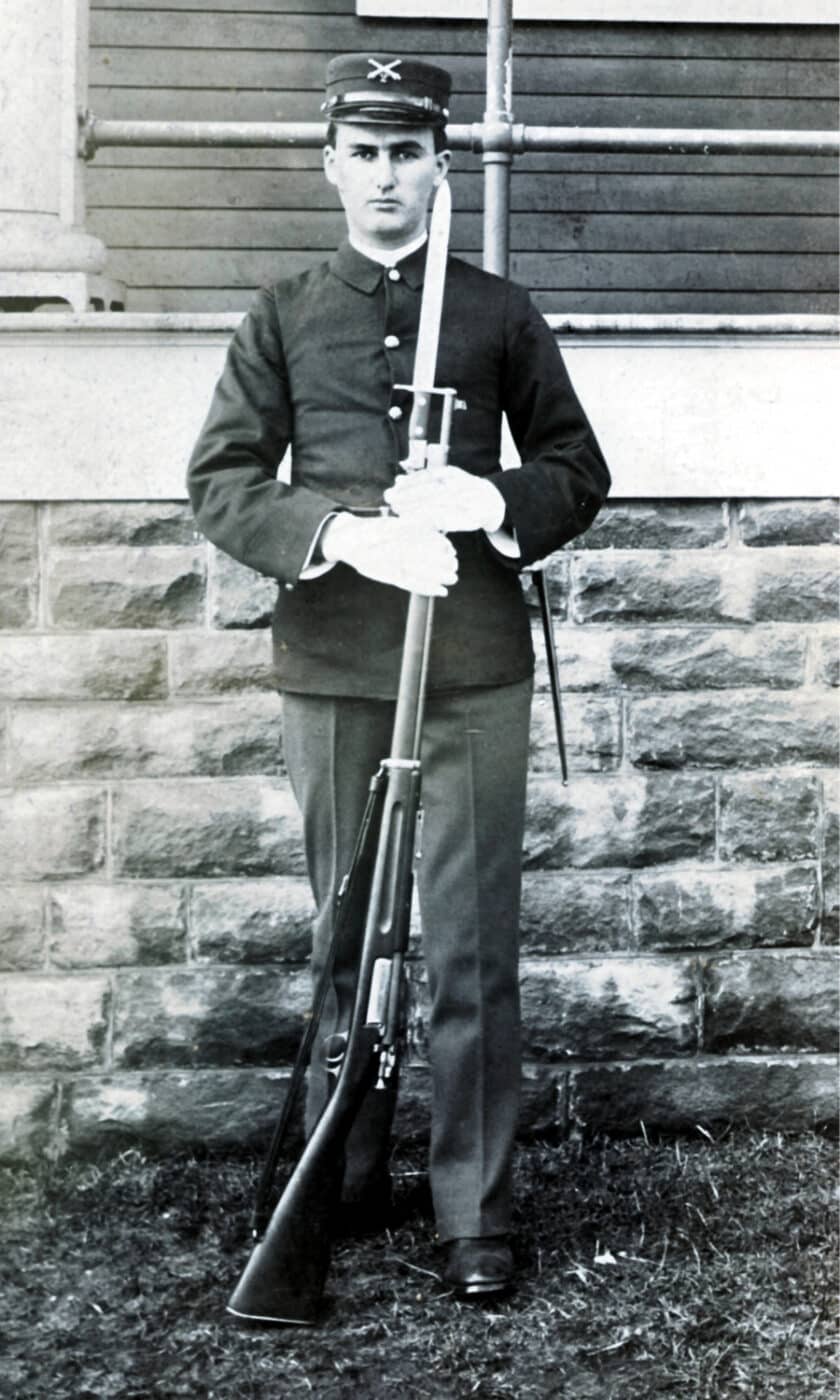
One gun was held in reserve, while the other three were arranged some 550 meters from the Spanish trenches. During the eight and one half minutes of the ground assault up Kettle Hill, Parker’s three Gatlings expended 18,000 rounds in continuous fire. Despite losing half a dozen men to enemy action and heatstroke, Parker’s fast-firing guns kept the enemy suppressed long enough to allow the Americans to swarm the defensive works. The primary long gun wielded by American forces during this fight was the Springfield Model 1892-1899 “Krag.”
The Rifles
The formal appellation Springfield Model 1892-1899 describes the several subvariants of the Krag-Jorgensen bolt-action repeating rifle developed in the late 19th century. U.S. troops affectionately referred to the weapon as a “Krag.” The rifle was actually a collaborative effort of Norwegian gun designers Ole Herman Johannes Krag and Erik Jorgensen. The Krag was developed at a time when the entire planet was discovering bolt-action repeating infantry weapons. It nonetheless featured some radical new design elements.

Where most contemporary designs featured an internal box magazine loaded via stripper clips from above, the Krag magazine and its lateral loading system were integral components of the receiver. To load the weapon, you pivoted open a machined steel cover on the right and fed rounds one at a time from the side. Eventually, the army issued a claw-style clip that allowed the magazine to be loaded in a single step.
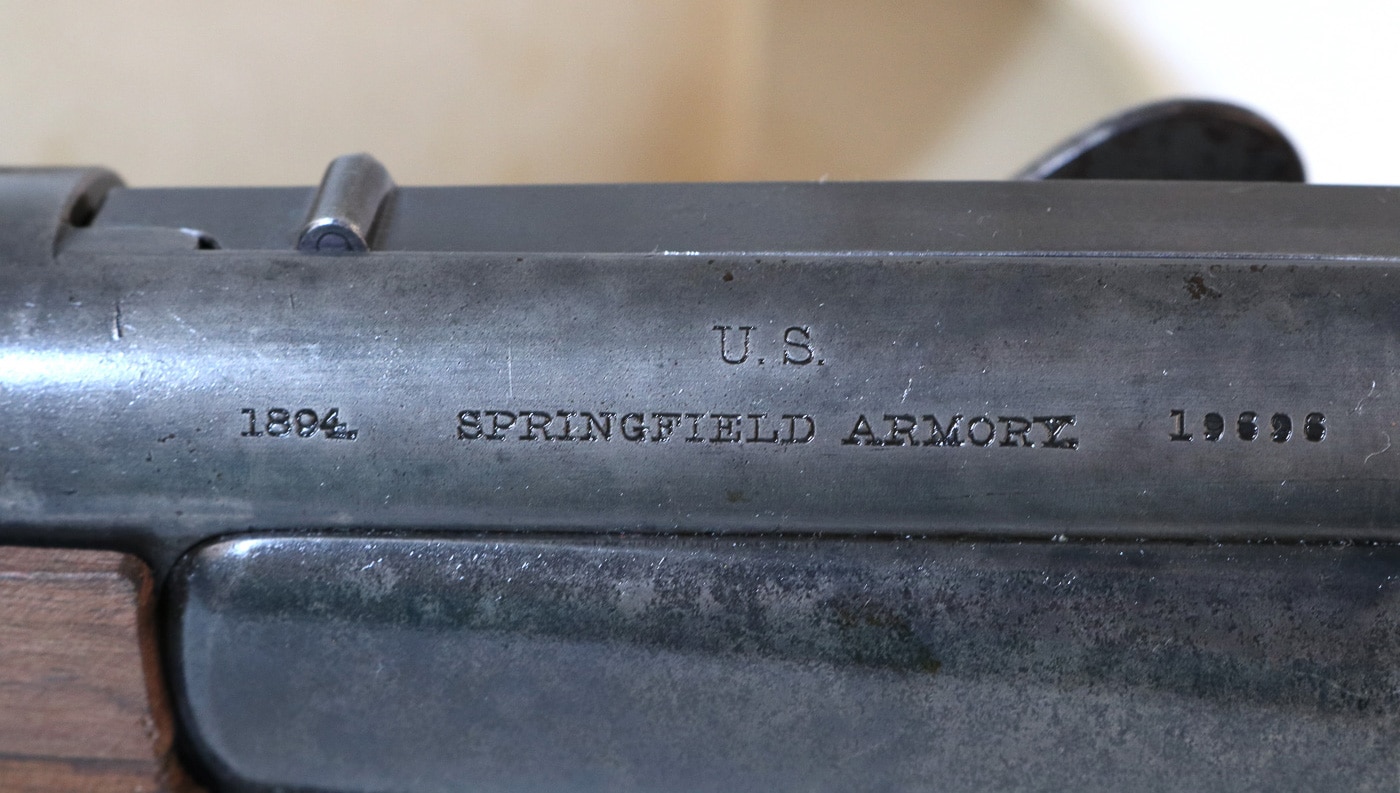
There were a few advantages to this complex design. It was a straightforward thing to top off the magazine without opening the bolt. Additionally, the loading system was designed such that the operator could drop a few loose rounds in the port and then shut the gate to feed them into the action. There wasn’t a great deal of finesse required. However, fumbling with individual cartridges is seldom a good thing when one is fighting for one’s life.
The Krag was a beautifully executed firearm. The components were meticulously machined, and the action was legendarily smooth. The .30-40 Krag round was the first smokeless rifle cartridge issued to the U.S. military.
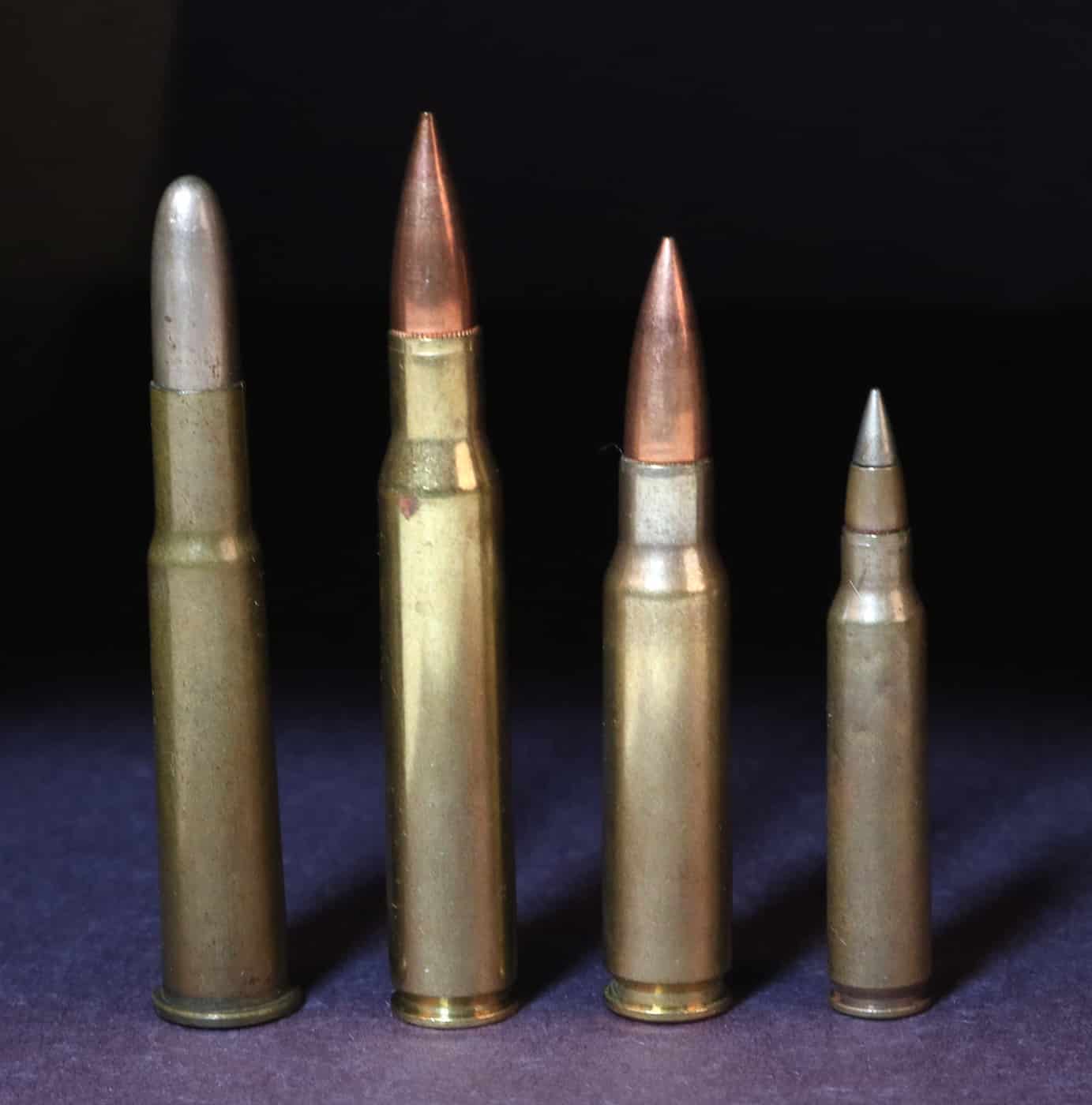
The rimmed .30-40 Krag round was also called the .30 Army. It serviced both the Krag rifles as well as period Gatling guns produced from 1893 onward. A typical loading pushed a 220-gr. round-nosed jacketed bullet to around 2,000 feet per second.
Springfield Model 1892 Rifle Specifications
| Caliber | .30-40 Krag |
| Weight | 9.3 lbs |
| Length | 49″ |
| Barrel length | 30″ |
| Action | Bolt action |
| Feed | 5+1 internal magazine |
| Sights | Adjustable v-notch rear, front post |
Subtypes
The first Springfield M1892 rifle weighed 9.3 lbs. and sported a 30” barrel. A magazine cutoff on the left side of the receiver activated in the “Up” position, and the rifle carried a cleaning rod underneath the barrel. Tooling up for production took a full two years, so most M1892 rifles were marked 1894 on their receivers.
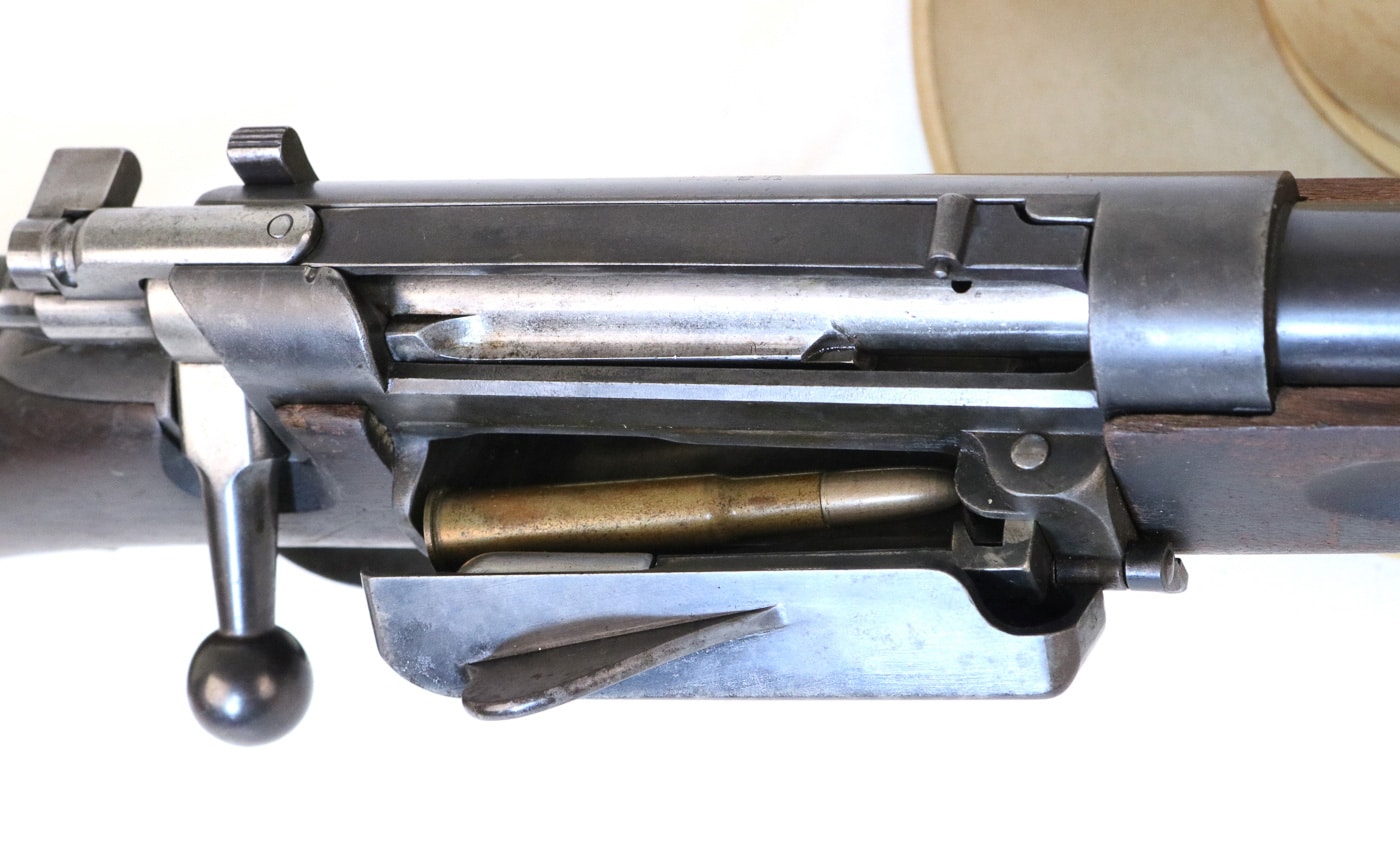
The M1896 variant included a magazine cutoff that engaged in the down position. It carried its cleaning rod in three separate pieces stored in a buttstock trap. An improved rear sight along with better production methods meant that the M1896 shot a bit straighter than the earlier version. The M1896 carbine was essentially the same rifle with a barrel shortened to 20.5″ and a half stock.
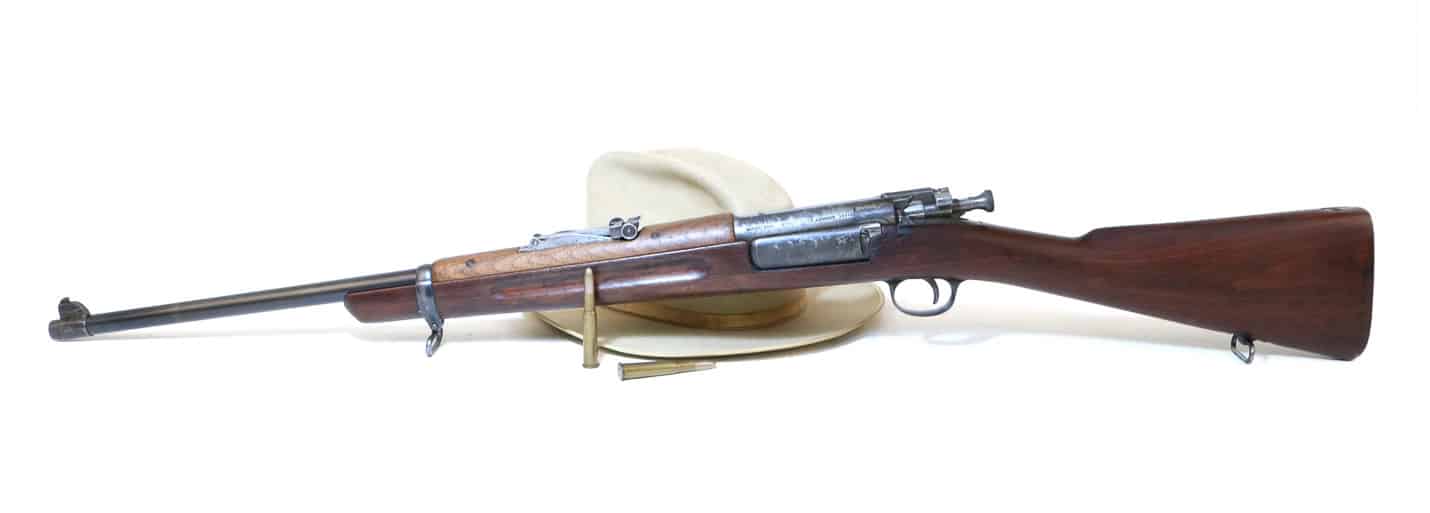
The M1898 included a rear sight adjustable for windage. There were also a few tweaks to the design to ease its manufacture. My personal rifle doesn’t have a magazine cutoff. The M1898 carbine was the standard shortened version, but only about 5,000 factory copies were produced. A few M1898 rifles were fitted with experimental optical sights for use as sniper weapons.
The M1899 carbine had a slightly longer handguard and forearm along with the windage-adjustable rear sights. Most previous carbines were arsenal refinished up to M1899 standards. Quite a few full-length Krag rifles were converted to carbines and sold through the NRA.
Editor’s Note: Please be sure to check out The Armory Life Forum, where you can comment about our daily articles, as well as just talk guns and gear. Click the “Go To Forum Thread” link below to jump in and discuss this article and much more!
Join the Discussion
Continue Reading
Did you enjoy this article?

 299
299






